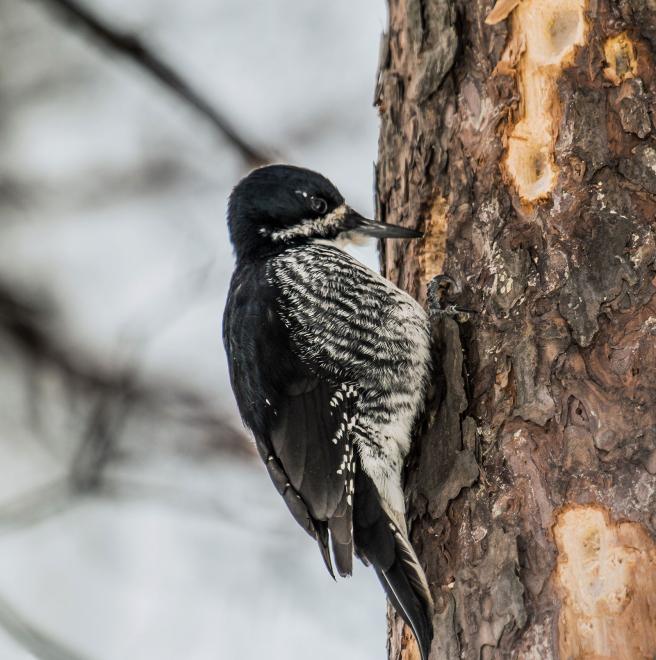

Fire-dependent and generally scarce, this fickle denizen of boreal and montane conifer forests is forecast to experience a dramatic northward shift in potential summer and winter ranges. While overall potential climatic space for this bird may slightly increase, climate change could push the species north out of 75 percent of its current wintering range, with a near-complete departure from the Lower 48 by 2080. However, if the species can track its favored forests, it may find a future farther north. An increase in wildfire frequency as a result of climate change could prove to be a boon to a bird that feasts on beetles in recently burned conifers.
Explore more birds threatened by climate change around the country.





















It's easier than you think to make a difference. Become an Audubon member today to help birds facing climate change.